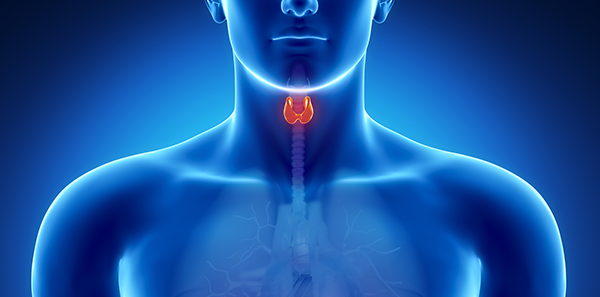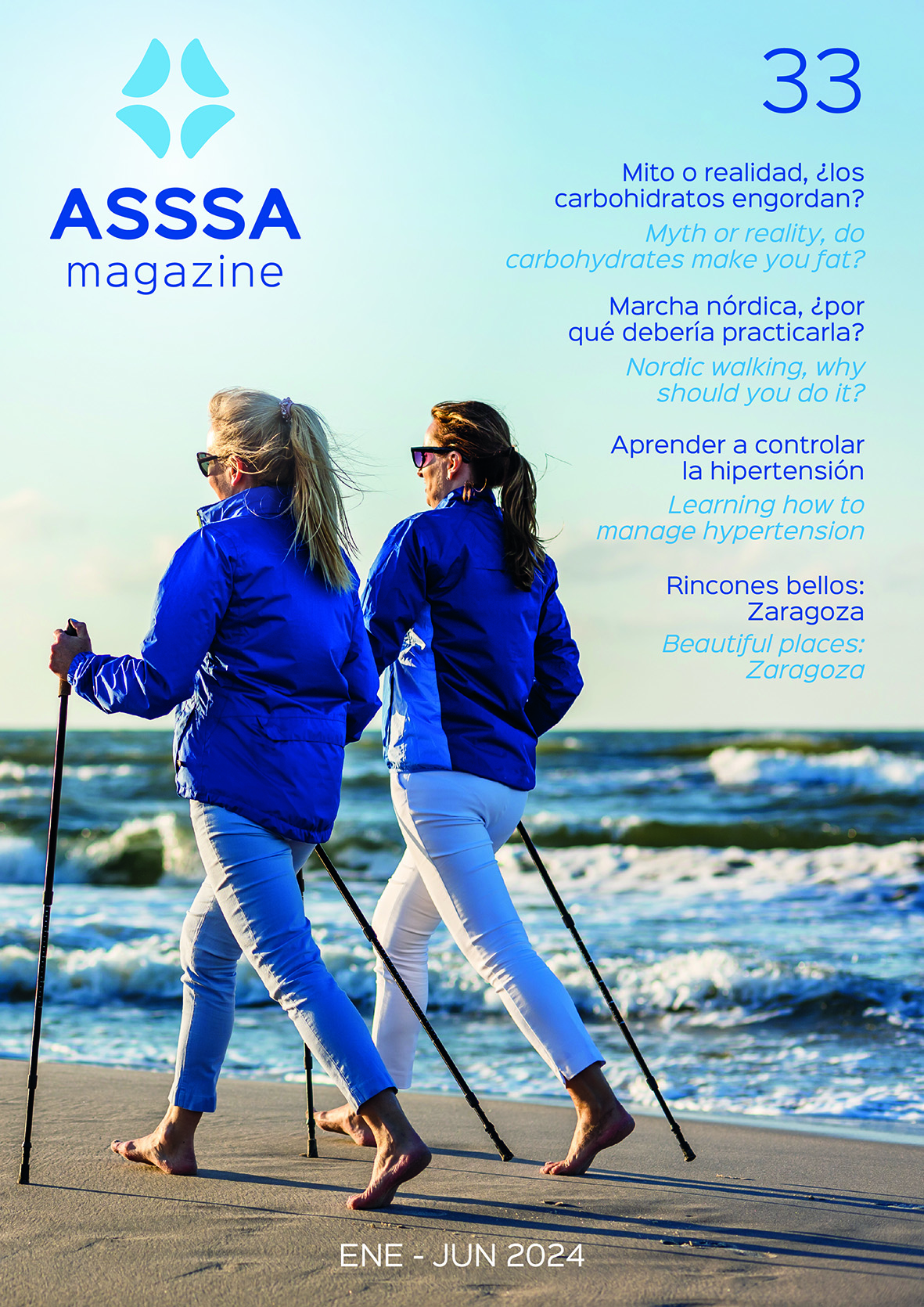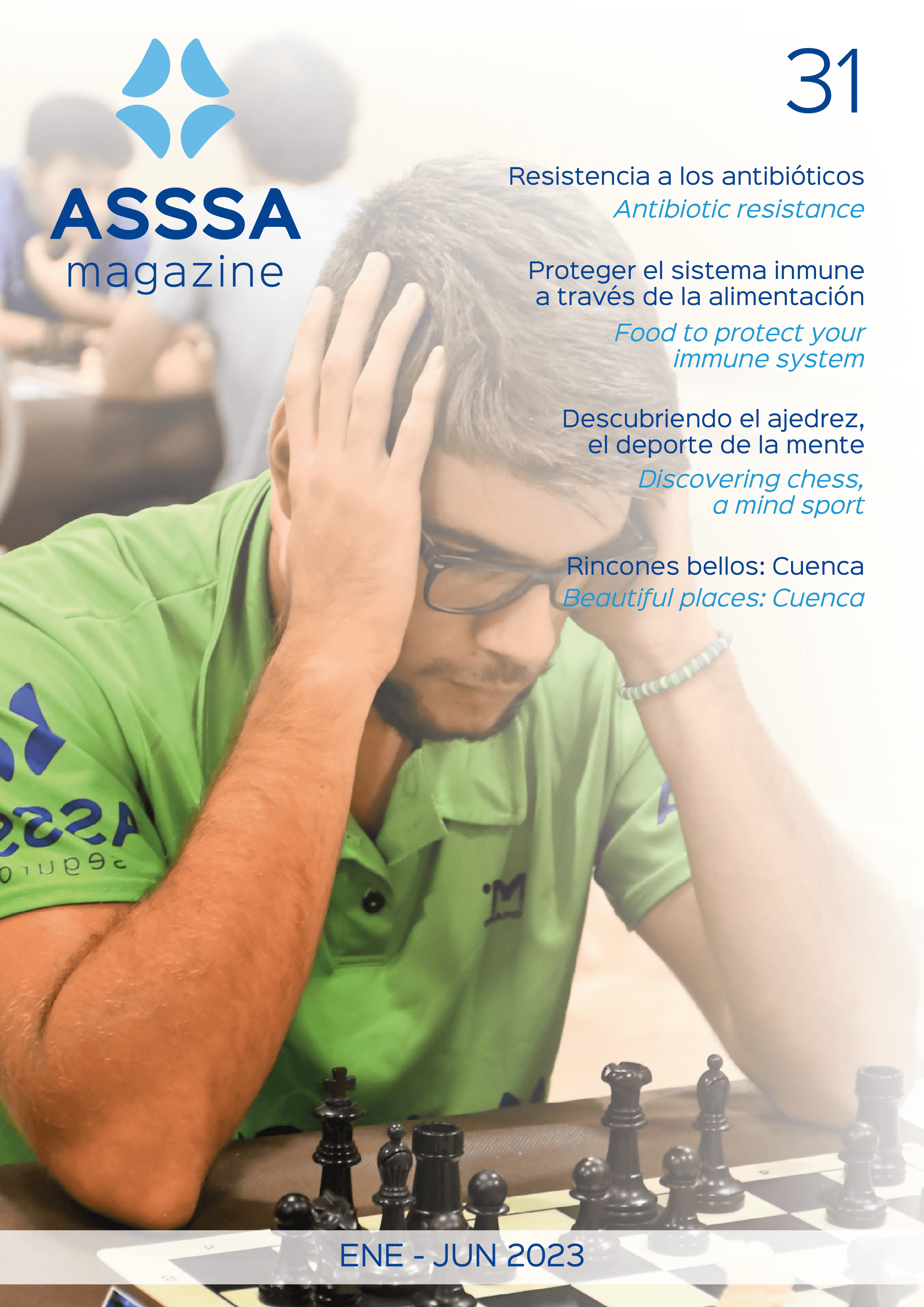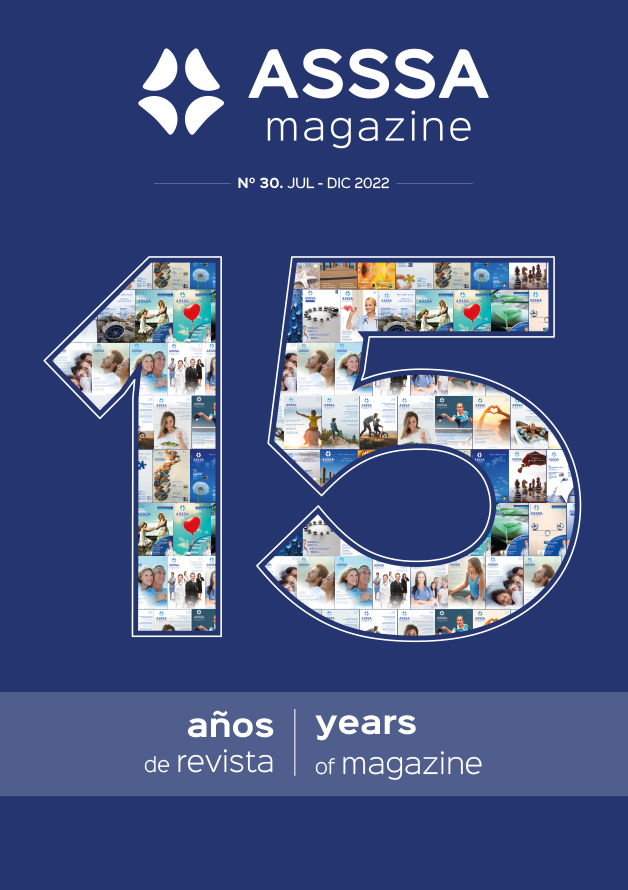
We have to be optimistic.
My work in geriatrics forced me to face up to the problems of getting old. Being old, a process that happens over the years and involves many factors.
All of us who reach an advanced age enter the ballot for various problems along the way, like arthritis, hardening of the arteries, skin changes or that much-feared problem of degenerative decline known as Alzheimer’s disease. And it’s not because this is something that happens in old age (nowadays we might ask ourselves, what is “old age”?).
Some 112 years ago, Alois Alzheimer described a different process of “madness” in a woman aged nearly fifty! And the problem has continued throughout history under a host of guises. What Alzheimer described on 4 November 1906, at the 37th Annual Conference of German Psychiatrists in Tübingen, South-East Germany: “On a specific disease of the cerebral cortex”, was an “unknown” syndrome back then. He gave an account of the clinical process that affected this por sick young woman, involving memory loss, disorientation, hallucinations and dementia. A pathological síndrome that resulted in her death at the age of only 50. But what’s important is that, together with the detailed description of the clinical case, the histology study on her brain was also shown, with its deterioration. And only then, only then, did we realice that this new disease had been known about since the dawn of time by the term “senile dementia” and that’s what it was always called up until only a few years ago.
But this recently described, not discovered, disease continued to be side-lined by the medical profession, forgotten by some neurologists and hidden away by the community.
When, back in the 1980s, encouraged by a great Catalan woman, I ventured into the unknown and set up the Alzheimer’s disease association in Alicante, after a year I handed over the commitment in Salamanca to the founder of Alzheimer España. The cause, with all the embarrassment it involved until a short time ago, was publicly presenting a relative with dementia. Only a whirlwind in the shape of a woman encountered on the next stage of the journey made the miracle happen. Her name should be honoured for ever: Matilde Pérez Jover. A retired paediatrician, she gathered a group of people together. We were two doctors, an architect, a quantity surveyor and four lovers of the adventure of giving oneself to others. Doctor Pérez Jover managed to do what I didn’t: she set up the Alzheimer’s Disease Association. And that led to the Day Centre.
So, we must be optimistic.There’s always someone who’s able to pave the way that leads to the planned goal.
While I was having breakfast in a nearby café, I was Reading the newspaper. As always, I was turning the pages over quickly, skim-reading the headlines. Nothing of interest in the first few pages. Nothing in the regional sections. I paused in the economy section. A quick glance at the in-depth features, and at the back, after the classified ads, came the sports pages, which I checked out quickly. And just when I had decided to abandon my reading, on the last page, the freshness of the article that gave me a bit of encouragement. María Blasco, our scientist at the Oncology Research Centre. María Blasco and her discoveries on the structure of telomeres. Telomeres and ageing. Telomeres and cancer. Telomeres and their connection with chromosome disorders. Telomeres and dementia. Thank you María!
And now, we’ve ended up on this page of ASSSA, united by our interest in reading a scientific article that is simply trying to be a call for hope. An article that speaks for confidence. That broadcasts optimism.
It’s important to talk, share, learn from each other. We need to talk about the problems tormenting so many individuals, limiting their chance to develop, curbing their desire to go further. How they watch the engine, which used to fire perfectly normally, suddenly start behaving strangely, a prelude to the fact that, sooner or later, it will finally give up the ghost. And that along that troubled way, there’s always an arm to lean on. A reassuring arm. A solution brought before us.
We have a problem and we feel as if everything that once went at our speed and strength is starting to slow down. Because when we’re faced with a reality we have to accept (getting old, for example) we want solutions, especially if the problem is an illness, either transitory or permanent. We become desperate, even though we know that this is the way some things are, other things are a little more complicated, where in fact, a little is or can be a lot.
The very next day, it could have been any next day, on the centre page of the same newspaper, I see the face of Francis Mojica. Informing us about the progress of his research. His almost magical CRISPR. Is this some sort of fantastic stardust that cures all ills? I read: “Where nobody was looking, we decided to look”, explains Mojica. Time proved him right and his research on the immune system of certain micro-organisms discovered in the salt pans in Santa Pola, in Alicante, have provided new hope. The solution was in the salt pans in Santa Pola! Who would have thought it?
Earlier, I wrote about the telomeres of Alicante scientist María Blasco. Nowadays, it’s CRISPR technology, originally studied by Elche-born Mojica, that’s the most sought-after in molecular biology laboratories and was awarded the Princess of Asturias prize in 2015.
It would appear that things are becoming clearer in this complex topic of diseases. As a result, dementias no longer seem to be what they used to be.
I use the word “dementia” referring to a general term that describes a deterioration of mental capacity that is sufficiently severe to interfere with everyday life. That’s the concept.
Back in 1905, Alois Alzheimer proved that the cerebral cortex was badly damaged, plus, there were two types of very striking anomalies which today are still the main histopathological features of the disease. One is plaques, which are accumulations of abnormal material made up of proteins and that are found mainly in the regions of the brain connected with memory, knowledge and thought. The other is neurofibrillary tangles (NFTs), which are accumulations of waste material inside the neurons and severely affect reasoning, behaviour and emotions.
But, as I write this, I’m remembering the many congresses I’ve attended during my professional career. I recall the “Pittsburgh substance”, discovered by researchers back then. I remember how professor Sir Martin Roth, at the International Alzheimer’s Congress held in Madrid in 1990, expressed his gloom with a remark about “…nothing new before the next ten years”, leaving all us delegates feeling devastated.
Years ago the possibility was being discussed of diagnosing the disease by analysing cerebrospinal fluid. Now it’s been published that the test can be performed by simply taking a blood sample. I want to say that the reality is different.
Events are moving fast and today the degenerative disease of Alzheimer’s is closer to being controlled.
It’s our last glimmer of hope.
Dr. Francisco Mas-Magro y Magro











